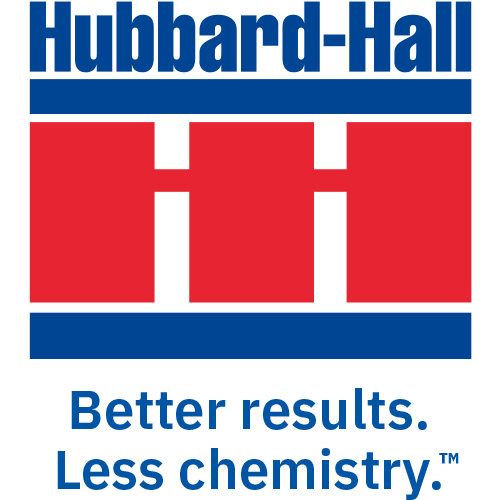In a recent conversation with Barbara & Ed Kanegsberg (The Cleaning Lady and The Rocket Scientist), we discussed the United States Environmental Protection Agency’s (EPA) Toxic Substance Control Act (TSCA). Congress has asked the EPA to look at existing chemicals and evaluate their risk. They look at them chemical by chemical, step by step.
The risk evaluation is to determine if there is a problem with the environment or worker safety. This risk evaluation does not take into account the effects of any of the alternatives, economic impacts, etc., just the toxicity of the chemical.
TSCA has been around since the 1970s when the EPA was actually formed, but it mainly addressed new chemicals before they go to market. The group goes back to looking at CFCs and asking “would there be an acute toxicity issue with this chemical?” But this is the first time they are looking backwards and to this extent.
So, where are we today? The EPA determined that methylene chloride, trichloroethylene, perchloroethylene, and n-propyl bromide (which the EPA refers to as 1-bromopropane) pose an “unreasonable risk, not to the environment, but to workers.”
The focus now is taking actions to mitigate the risks and that’s where they start to look at alternatives. Do they work? What are the risks of the alternatives? What are the costs? And from that stage, they go on to develop rules to address the risks.
And what about the manufacturers? They need an actual process that can be used!
Listen to the lively conversation so you can be proactive in keeping your lines running.







Leave a Reply